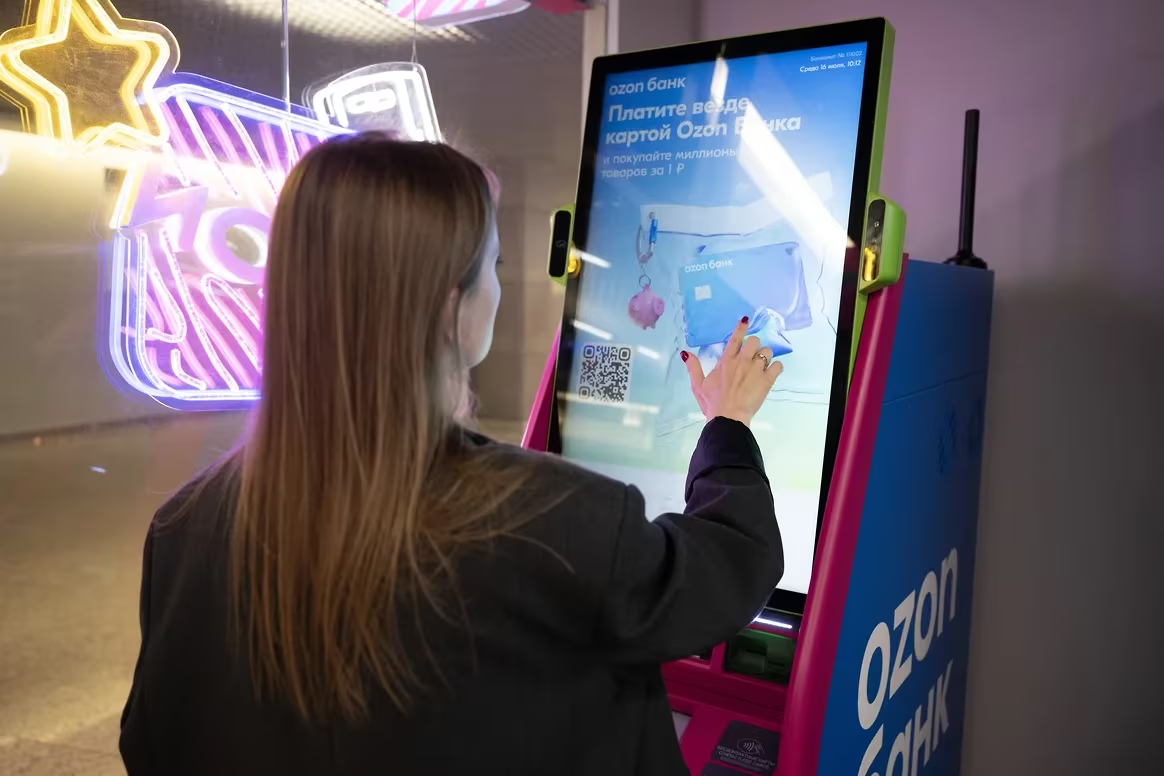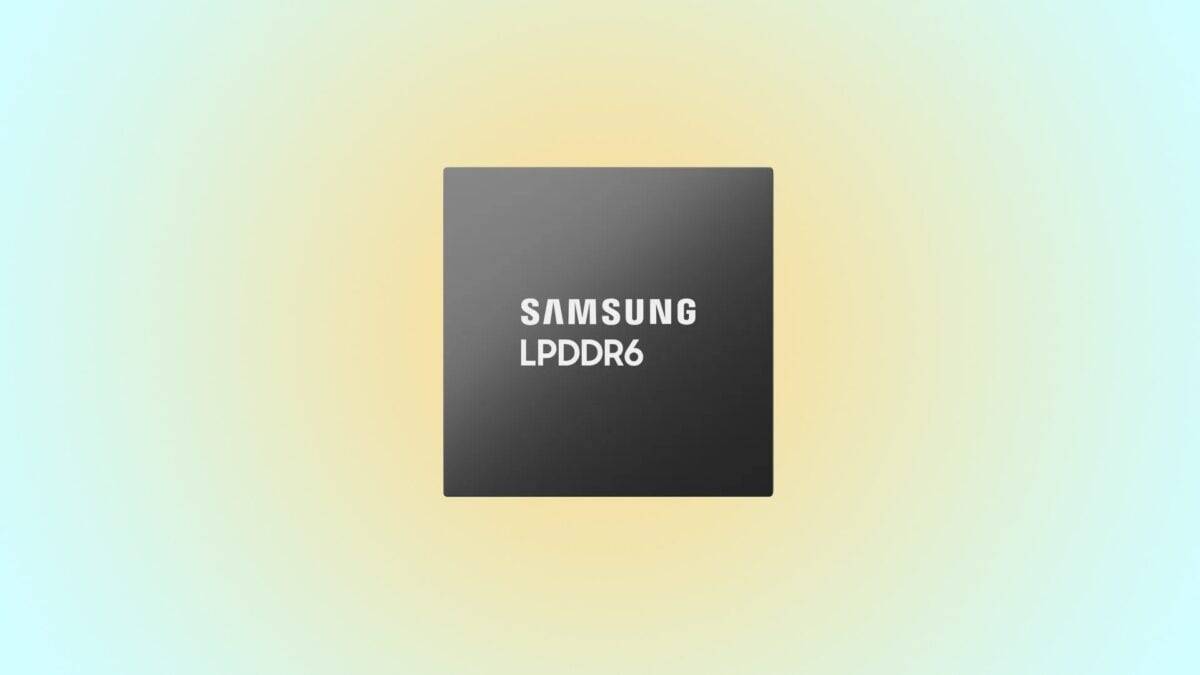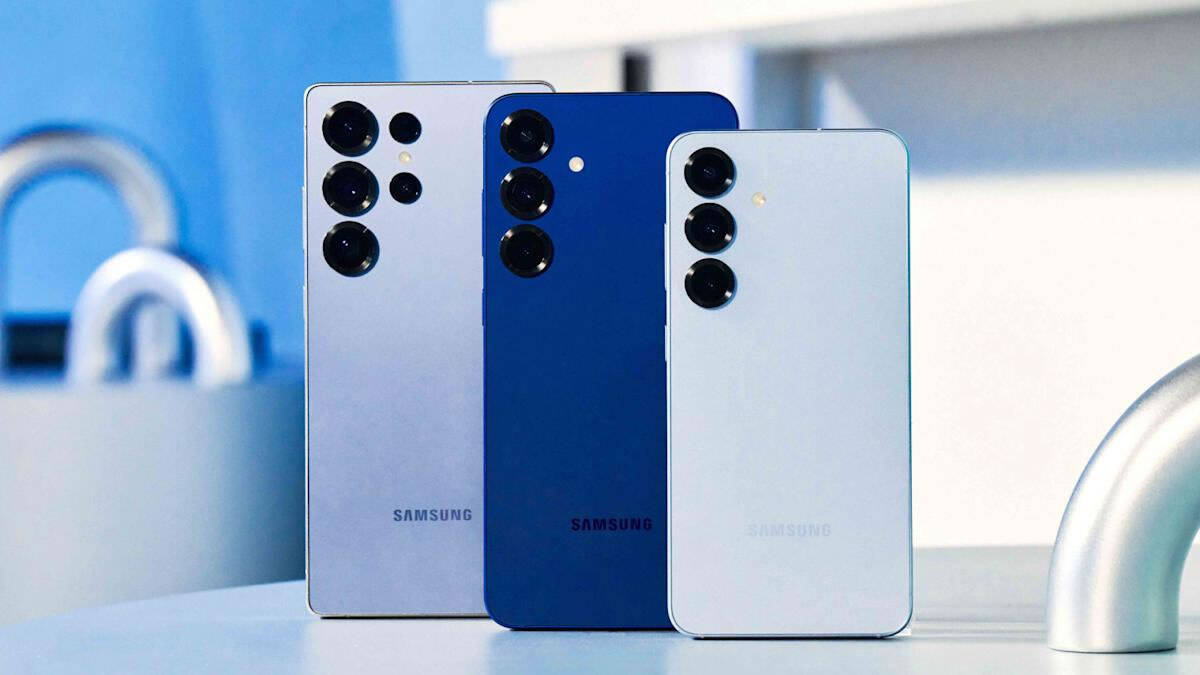Ozon-Bank started installing its own ATMs in PVZs and stores

Ozon-Bank has started deploying its own ATM network. By the end of 2025 it is planned to install 350 devices, which will appear in order delivery points and retail outlets. This should partially compensate for the lack of branches and provide customers with access to cash transactions.
Banking machines will appear in retail outlets and shopping centers
According to the bank, the first 12 ATMs have already been installed in Moscow, St. Petersburg and Yekaterinburg. The devices are placed in partner retail outlets and stores, where the owners have agreed to install them. It is planned to scale the project up to 350 points by the end of the year.
Ozon Fintech CEO Vahe Hovasapian said that the introduction of ATMs is intended to fill the need for offline interaction with the bank: “Some customers who use cash need offline contact with the bank, so we decided to go out into the world with ATMs.
Functionality of the devices is still limited to standard operations – withdrawal and replenishment, but Ozon-Bank promises to expand the capabilities in the future.
Bank machines as a tool to reduce costs
Ozon-Bank cardholders can currently use VTB’s ATM network without a fee. However, as Kommersant’s source in the banking market told Kommersant, Ozon-Bank pays about 2% commission for each such operation. At the same time, the purchase of 350 of its own devices will cost the bank 700 million rubles.
According to analysts’ calculations, to recoup these investments, about 35 billion rubles would need to be redirected through ATMs. However, a similar strategy has already paid off for T-Bank, which started without branches and later also built its own network of devices.
Experts doubt the quick payback of the project
Specialists point out that the project has both strengths and weaknesses. On the one hand, the presence of ATMs will allow to develop the product line – for example, replenishment of deposits and repayment of loans. On the other hand, Ozon-Bank’s core audience is used to digital services and rarely uses cash.
In addition, according to Viktor Dostov, head of the Association of Electronic Money Market Participants, ATMs may be useful for remote customer identification, especially in light of a possible ban on the use of agents. At the same time, he notes: “The price of an ATM is relatively low now, such an experiment is quite justified.”
At the moment, the price of an ATM is relatively low, such an experiment is quite justified.
But Alexei Voylukov, a professor at the Russian Academy of National Economy and Public Administration, believes Ozon Bank’s financial model is different from that of its competitors: “The bank serves the needs of the marketplace, rather than being a universal financial institution.” He also emphasizes that ATMs are not perceived by customers as a substitute for a full-fledged office, especially in the context of service.
Bank ATMs are losing relevance, but could be useful to a bank
According to Sberbank, demand for additional ATM services – payment for housing and utilities, services, etc. – has fallen sharply over the past two years. All of this has moved to mobile apps. Today, ATMs are mainly used for basic transactions, and, according to experts, with the declining need for cash, investments in infrastructure may prove difficult to recoup.
According to Sberbank’s data, the demand for ATMs has fallen dramatically over the past two years.
Roman Prokhorov, head of the Financial Innovations Association, also emphasizes that maintaining an ATM network requires significant costs, from collection to rent and maintenance, making the economics of the project quite strained.
The Ozon-Bank has begun installing its own ATMs in retail outlets and stores was first published at itzine.ru.








